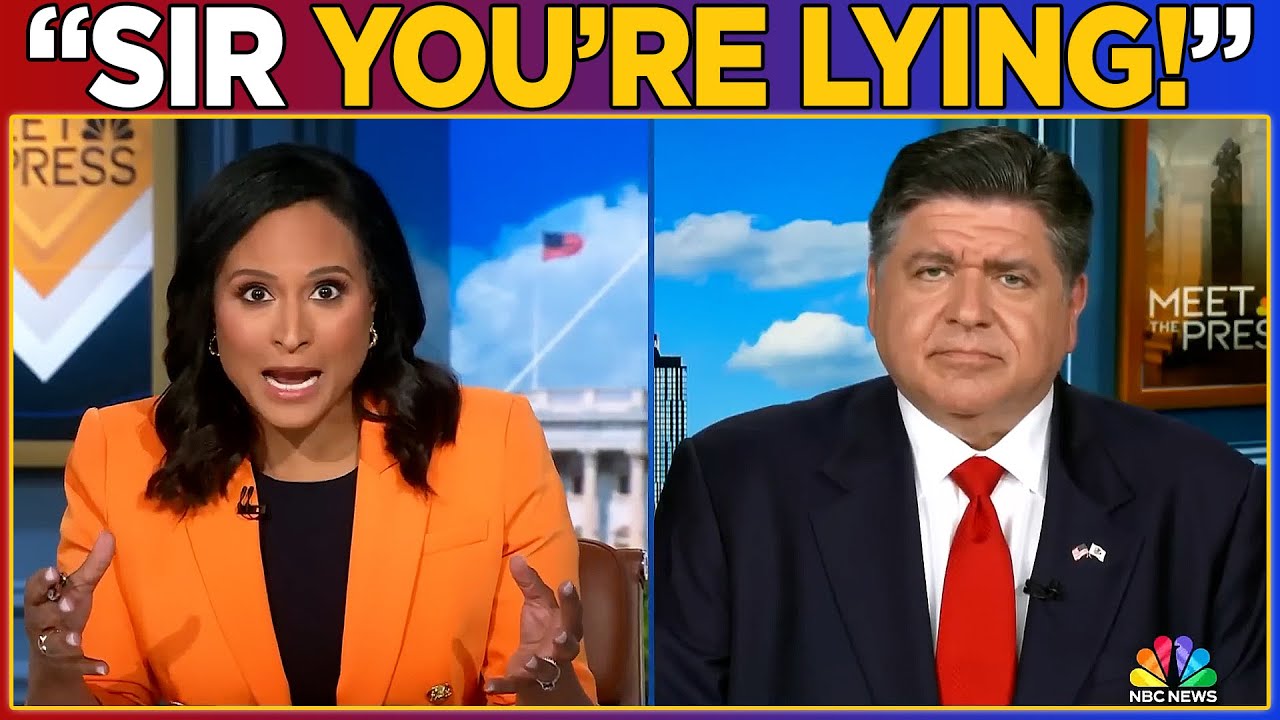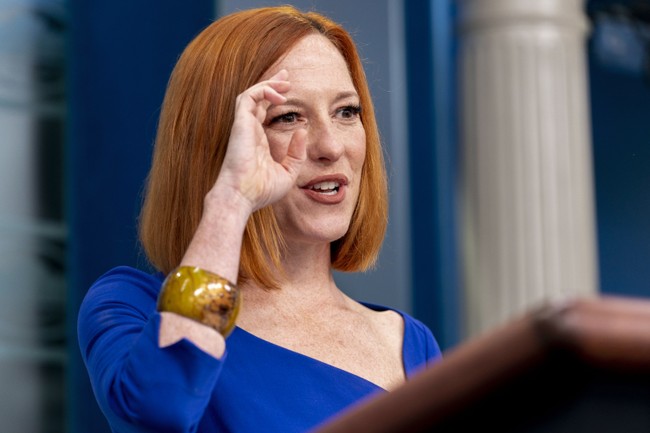
We're seeing the death throes of amateur athletics—not in one knockout blow, but nickel-and-dimed into extinction, repackaged, and sold under the label of "fairness."
Advertisement
Ohio might be the location for the next sale.
Next month, on November 17 and 21, the Ohio High School Athletic Association (OHSAA) will vote on whether to allow high school athletes to profit from their names, images, and likenesses.
News like this would've sounded like satire a few years ago: a 15-year-old quarterback hiring a social media manager, or a sophomore printer negotiating sponsorship rights.
Welcome to the brave new world! Let's call it "progress!"
Fairness is the argument: why should high school athletes be barred from capitalizing on their talents if their schools and apparel companies already profit from their performance?
It's a lesson the NCAA learned the hard way, because fairness and wisdom aren't the same thing.
The reasoning seemed sound when college athletes first demanded the right to earn money from their own likenesses. The NCAA had been raking in billions from TV contracts, ticket sales, and video games, while student athletes didn't have money for a date.
In 2021, the NCAA eventually relented. And, like magic, a new marketplace was born overnight, with boosters, agents, and brand managers flooding the scene. The moral boundary surrounding the ideal of amateurism crumbled beneath a stampede of money.
That experiment has trickled down to high school athletics, and the line separating youth development from professional commerce is fading fast.
Advertisement
Standing at the fault line of a cultural shift is Ohio, where the meaning of sports will be rewritten for an entire generation.
The Ohio High School Athletic Association's Board of Directors announced Thursday that the vote will take place from Nov. 17-21.
OHSAA members decisively voted down an NIL proposal in 2022, 538-254. The OHSAA Board of Directors last month approved language for another NIL proposal that they planned to vote on in May.
The timeline for the vote was accelerated after Franklin County Common Pleas Court Judge Jaiza Page issued a temporary restraining order on Monday, allowing all students in the OHSAA's 818 schools to enter into their own NIL deals.
Ohio is one of six states with rules that prohibit high school athletes from accepting payments for their name, image, and likeness. The others are Alabama, Indiana, Michigan, Mississippi, and Wyoming.
The Unraveling of Amateurism
I'm old enough to remember when the Wisconsin Interscholastic Athletic Association allowed basketball players to dunk the ball; not to mention playing on a court—well, to be honest, sitting on a bench near a court—without three-point lines.
My mother described my passion for sports, especially those that involved a ball, and I grew up riveted to the TV on Saturdays, watching college football. Back then, the NCAA busted college kids for receiving money for hamburgers from a donor or coach.
Advertisement
Claiming to want to build a balanced system, the NCAA opened the gate to discover anything but. Top recruits began receiving offers suspiciously close to professional contracts.
An entire industry of collectives immediately emerged, aiming to lure athletes with six-figure "endorsements." Many programs grew to resemble minor-league franchises more than college teams.
The road to Hell is paved with good intentions, right? What started as an effort to treat players fairly turned into a game of financial brinksmanship.
Imagine the effect of NIL on college universities, with compliance offices, lawyers, and auditors, and on high school athletics.
What happens when 15-year-olds are shoved into an ecosystem where systems operate at the speed of light, complete with agents, contracts, and marketing deals, before the word "diploma" appears on a list of goals?
Similar to the effects of the California Gold Rush, when money enters the bloodstream, the infection spreads; when coaches are no longer mentors, they are simply middlemen. Teamwork is no longer a topic for parents —just exposure; the locker room is no longer a refuge but a marketplace. And the last symbol of fair comparison: The scoreboard becomes the backdrop for whatever brand bought the naming rights.
Integrity and the Cautionary Tale Above
Advertisement
What could possibly go wrong?
Well, for one, professional sports provides a warning that can't be ignored. The FBI arrested more than 30 people this week after a sprawling gambling investigation involving NBA players, coaches, and three La Cosa Nostra crime families, who were involved with rigged poker games, insider tips, and compromised athletes. This is something you'd ordinarily see in a pulp fiction novel, not in today's NBA.
If the polished corridors of professional basketball (/sarc) are full of corruption, imagine the scene when unregulated money hits high school gyms and football fields. Greed has already dented the moral armor of sports; the only thing left holding it together is nostalgia, which is something else that's fading.
The Cost of Progress
There will, of course, be proponents of Ohio's NIL vote who call it a step forward for athletes who deserve economic justice because they've been sidelined for a long time from profit.
Take this from somebody who has scars on his face because he stepped left into the briar patch instead of right, where the path looked harder: Not every step forward leads to somewhere worth going. Amateur athletics was never intended to be about monetary value; it was about important life lessons sorely lacking: learning to fail, to sacrifice, and to build something tangible. Unfortunately, lessons such as these aren't big sellers in a world obsessed with followers, deals, and self-branding.
Advertisement
I'm also old enough to remember when high school was where young athletes learned who they were and what they were worth. If passed, NIL threatens to change that.
There's no undo for this action; once you attach a price tag to a person's potential, that tag will never come off.
Final Thoughts
When changes occur, they usually begin the same way, with good intentions and poor foresight.
NIL would empower athletes, the NCAA told us, and it did—for a while—until the momentum from all the machinery of money started grinding the spirit out of the game.
Now it stands ready to repeat the same experiment with children barely old enough to comprehend any contract they may sign.
It also places parents squarely on the target: they'll be damned if they do, damned if they don't. Imagine the anger that will grow out of those conversations between parents and athletes under age 18.
Amateurism was never a prison, just a guardrail keeping the competition honest and motivations pure. Strip the guardrail away, and sports turn into theater, performed, not lived.
Sadly, victory will be replaced by visibility the next time a high schooler hoists a trophy. When that day comes and in generations to follow, nobody will remember when sports taught kids how to lose, or about earning camaraderie with teammates who became brothers, or when towns rallied behind kids chasing something bigger than themselves.
Advertisement
The only thing that will be remembered will be who ended up with the best deal.
Am I acting like Chicken Little, afraid of the sky landing on top of me? Yes, because when we give "progress" an inch, it rewrites generations.
The collapse will not be loud because it never is. We'll end up going the path of a frog in a pot of water, watching the collapse coming in quiet increments: the first endorsement, the first scandal, and the first athlete too distracted by dollars dancing in his head to hear the whistle.
By the time anybody notices, high school sports will lose their purity, which is sold off in the name of progress. And the saddest part?
Future generations will never know what was lost.
We’ve seen this movie before: fairness sold as reform, purity traded for profit, and every moral in the story rewritten by accountants. The NIL push through Ohio high schools is just the latest act in America’s slow surrender of meaning to money. As the institutions crumble and the language of sport turns transactional, PJ Media will keep calling it what it is. Join us in defending the truth before the scoreboard reads zero.
Join PJ Media’s VIP. Use promo code FIGHT to save 74% and keep the lights on for real journalism that still remembers which end of the chicken lays the truth.











